So lets start with some Wiki-info
History
Even in the early stages of Operation Barbarossa, the Wehrmacht already felt the need for a more mobile and more powerful anti-tank solution than the existing towed anti-tank guns such as Pak 36 or tank destroyers like the Panzerjäger I. This need became urgent in 1942, when anti-tank shells failed to penetrate the armour of new Soviet tanks like the T-34 and KV-1.
As an interim solution, it was decided to use captured French vehicles like the Lorraine (Marder I), obsolete tanks such as German Panzer II (Marder II), and Czech-supplied Panzer 38(t) (Marder III) as the base for makeshift tank destroyers. The result was the Marder series, which were armed with either captured Soviet 76.2mm F-22 Model 1936 divisional field guns, or German 7.5 cm PaK 40 anti-tank guns for later versions. Due to weight and space constraints of these small chassis, Marder series were not fully armored. Thin upper armor protection was provided only for the front and sides against shrapnel and small arms only. All Marder series had open tops. Some were issued with canvas tops to protect the crew from the elements. In this regard, Marder was more of a gun carriage than a proper Panzerjäger that could exchange shells with enemy tanks.
Marder III Ausf. H, Sd.Kfz. 138
The next variant of the Marder III fielded the standard 7.5 cm PaK 40 German anti-tank gun on a slightly modified Panzer 38(t) Ausf. H chassis. This chassis had the engine still in the rear of the vehicle but, unlike the previous model, this vehicle utilized the fighting compartment of Panzer 38 in the center. Center compartment allowed crew to stay low in the center of the vehicle, lowering crew exposure to small arms fire and fragments. But because of the rear-mounted engine, there was only enough room for two men to stand in the center. Large side armors gave additional protection for the crew. However, the horseshoe shape armor thinly protected front and side only. The rear and the top were exposed. Thirty-eight rounds of ammunition for the gun were carried. As with the Sd.Kfz.139, this vehicle also carried a 7.92 mm machine gun in the hull, of Czech manufacture.
The full name of the Ausf. H was the 7.5 cm PaK 40/3 auf Panzerkampfwagen 38(t) Ausf. H, Sd.Kfz. 138. a total of 275 vehicles were built in two series from November 1942 to April 1943. An additional 175 vehicles were converted from Panzer 38(t)'s in 1943. Chassis numbers of new vehicles were 1751–2075 and 2121–2147 (overlapping with simultaneous Grille production).[1]
And here is the kit:
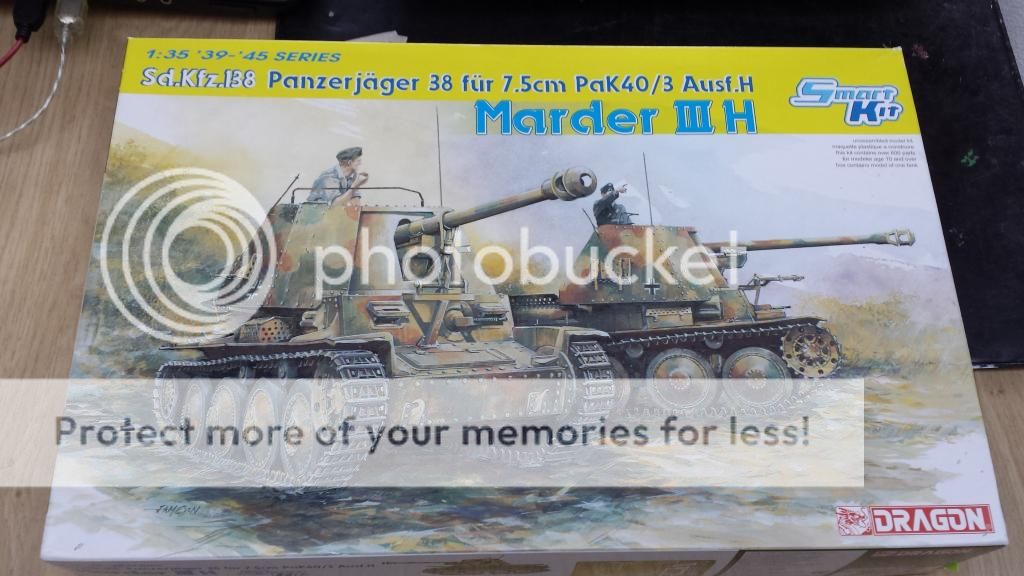
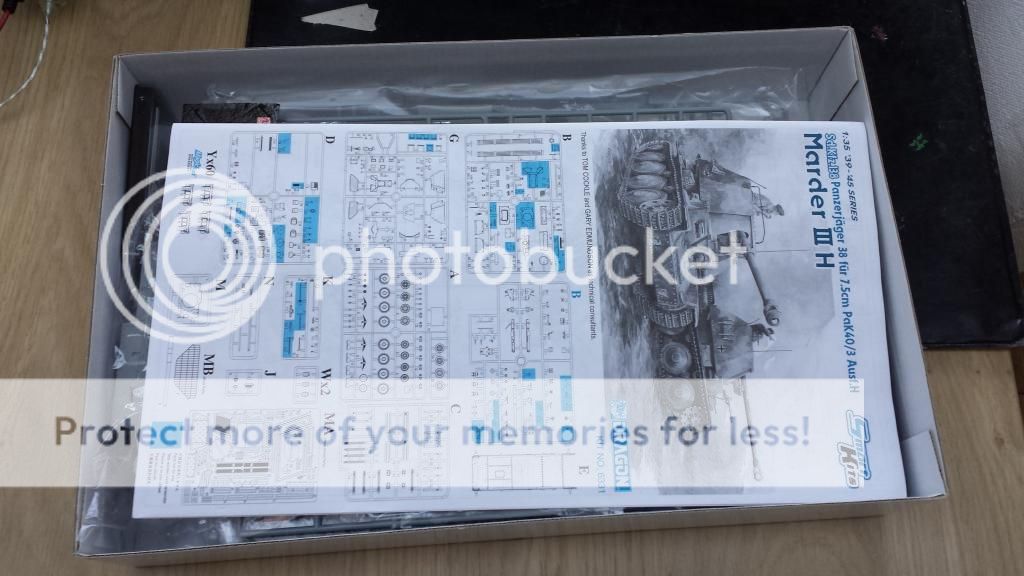



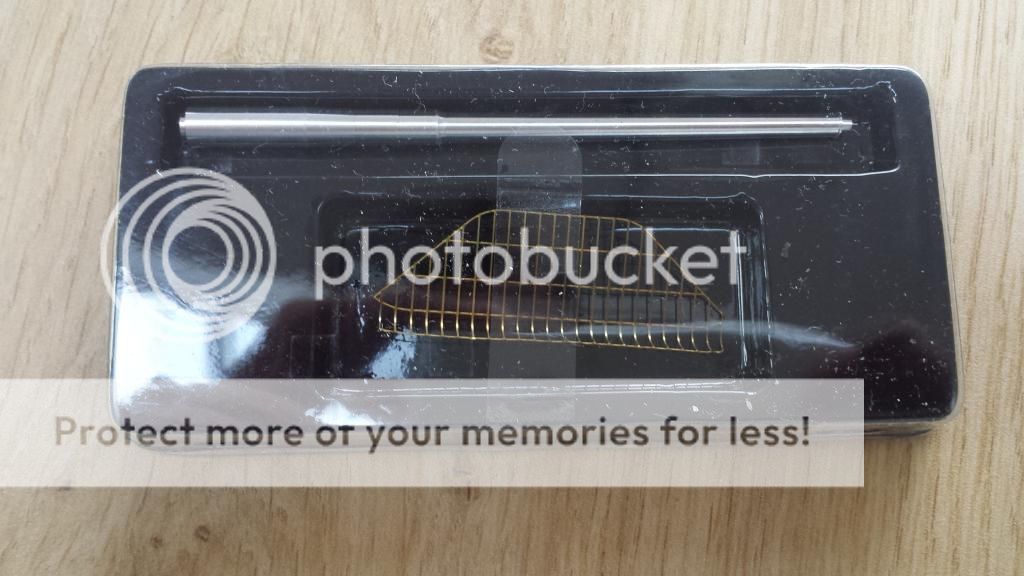

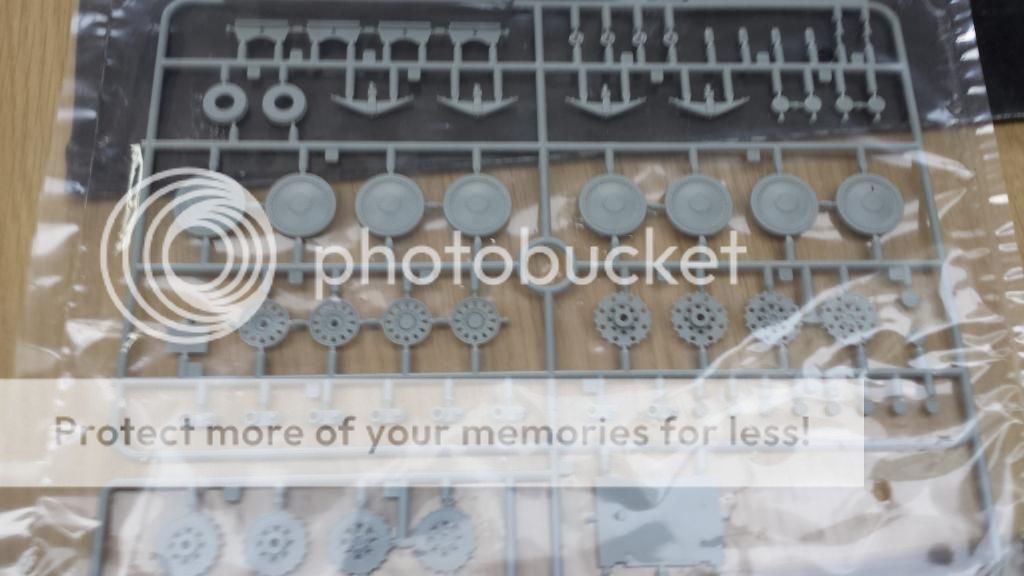

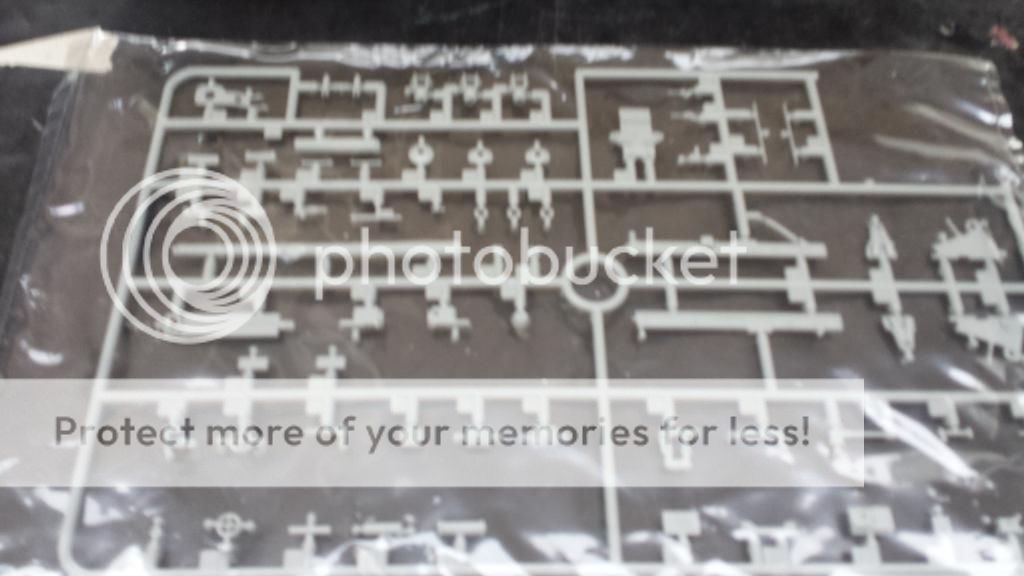
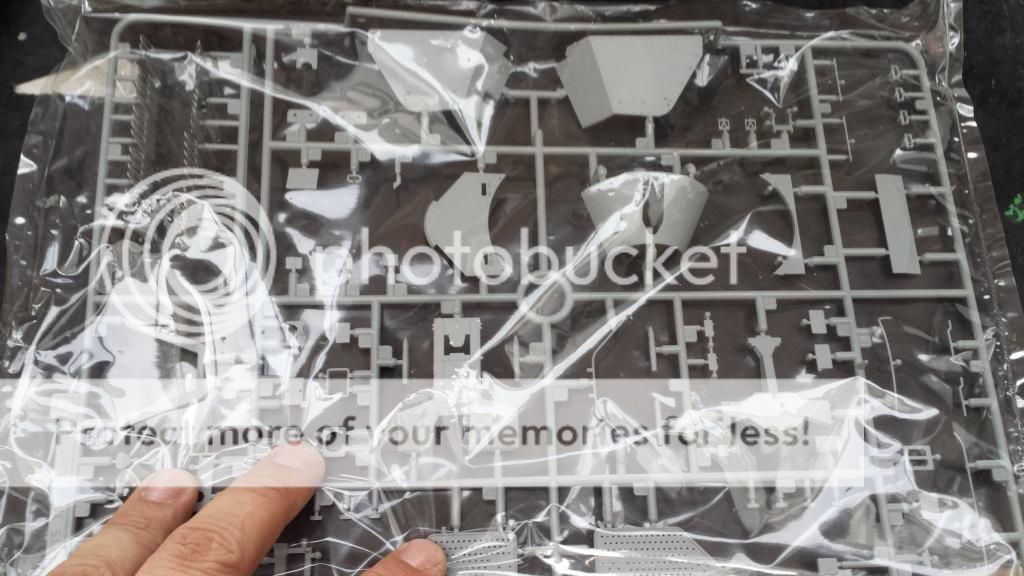


I`ll start this kit on my Hangout witch you will be able to see in action later when i upload it here















